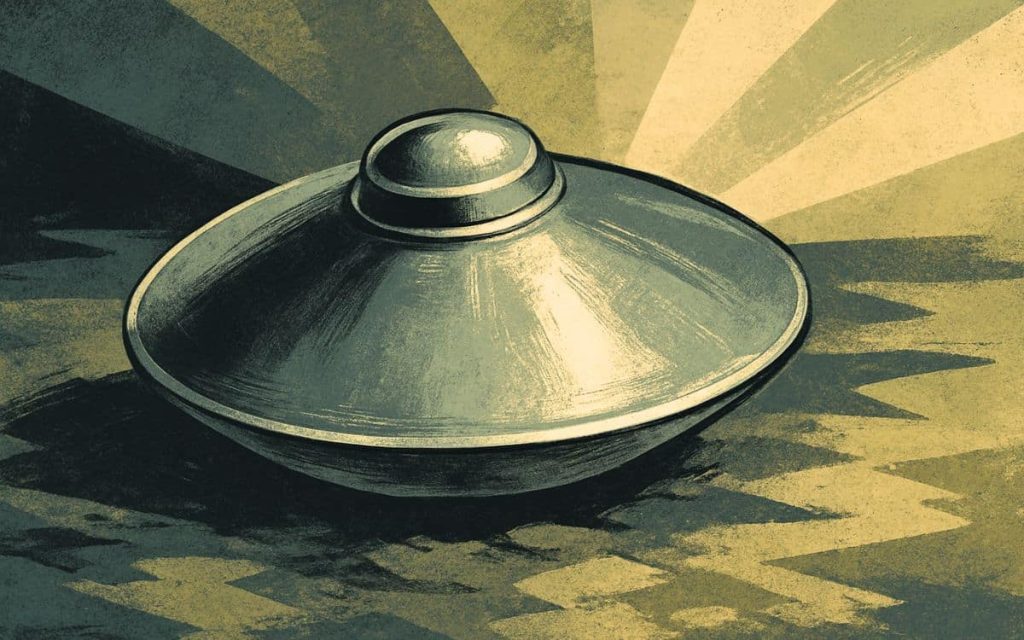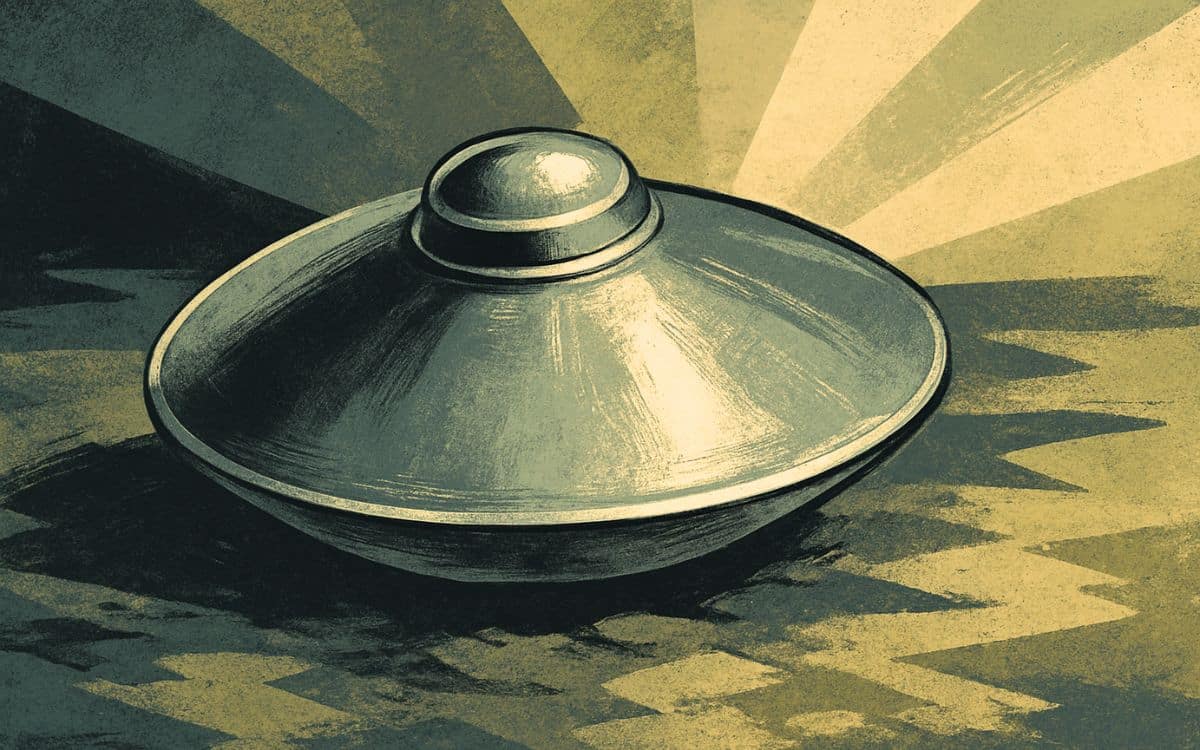A 1967 student prank involving fake flying saucers on Kent’s Isle of Sheppey sparked national hysteria before being revealed as one of Britain’s most ingenious hoaxes, writes NEIL NIXON
On the morning of 4 September 1967, locals in Queenborough on Kent’s Isle of Sheppey discovered a small metallic craft lying on the ground.
The diminutive craft would eventually prove to be 54 inches long, 30 inches wide and 20 inches deep. It weighed 100 pounds and emitted an electronic noise.
For a brief instant, the most alarming thing about the discovery was the realisation that five identical craft had appeared on English soil at the same moment.
The apparent lack of threat and a few other tell-tale signs meant the rapid police and army response soon turned into mass bemusement and a media frenzy.
That said, by the time things calmed down, an army bomb disposal team had detonated and destroyed the saucer found in Chippenham, Wiltshire, and the Queenborough saucer had been removed in an expensive operation involving an army helicopter.

For starters, it seemed highly unlikely that aliens would adhere to imperial measurements for their craft.
Secondly, as the reports were correlated, it became obvious the “landings” were equal distances apart along a straight line from Clevedon in Somerset to Queenborough, echoing the then highly popular interest in ley lines and making the Sheppey landing – literally – the end of the road.
The Great Flying Saucer Hoax Culprits Revealed
The culprits were all aircraft engineering apprentices from the Royal Aircraft Establishment (RAE) at Farnborough.
This event – which had been in the planning since the start of the year – was conceived as a fundraising stunt for their Rag Week, and nobody on the inside of the operation had imagined the brief national hysteria that would result.
They calmed things quickly with a public announcement of what they’d done.
To their credit, the overnight operation and precision planning was a gift to the media and, despite the public money and time involved in dealing with it, no prosecutions followed, and the attention gained helped raise £2,000 for the Rag Week (a sum equivalent to just short of £32,000 today).
Twenty-one-year-olds Christopher Southall and Roger Palmer were credited with masterminding the operation and duly gave detailed stories to the media.
If nothing else, the stunt was a testament to the technical and operational skills of Britain’s best apprentice aircraft engineers of the time.
Despite some predictable mutterings about “bloody students”, it was also admired by others because of the ingenuity displayed and the level of discipline and audacious planning involved.
The full story has recently enjoyed a revival of popularity, featuring as the star attraction in John Keeling’s 2025 book, Landed: The Great British Flying Saucer Hoax and Other Extraterrestrial Spoofs.
What are your thoughts on the Great Flying Saucer Hoax? Share your thoughts and memories of this incredible prank in the comments below!




There was a previous student hoax in 1964, to promote the appearance of an actual spacecraft in the 1964 Glasgow Student Charities Week. The full story is told here: https://theorkneynews.scot/2022/08/21/eyewitness-5-mercury-capsule-glasgow-student-charities-week-1964/